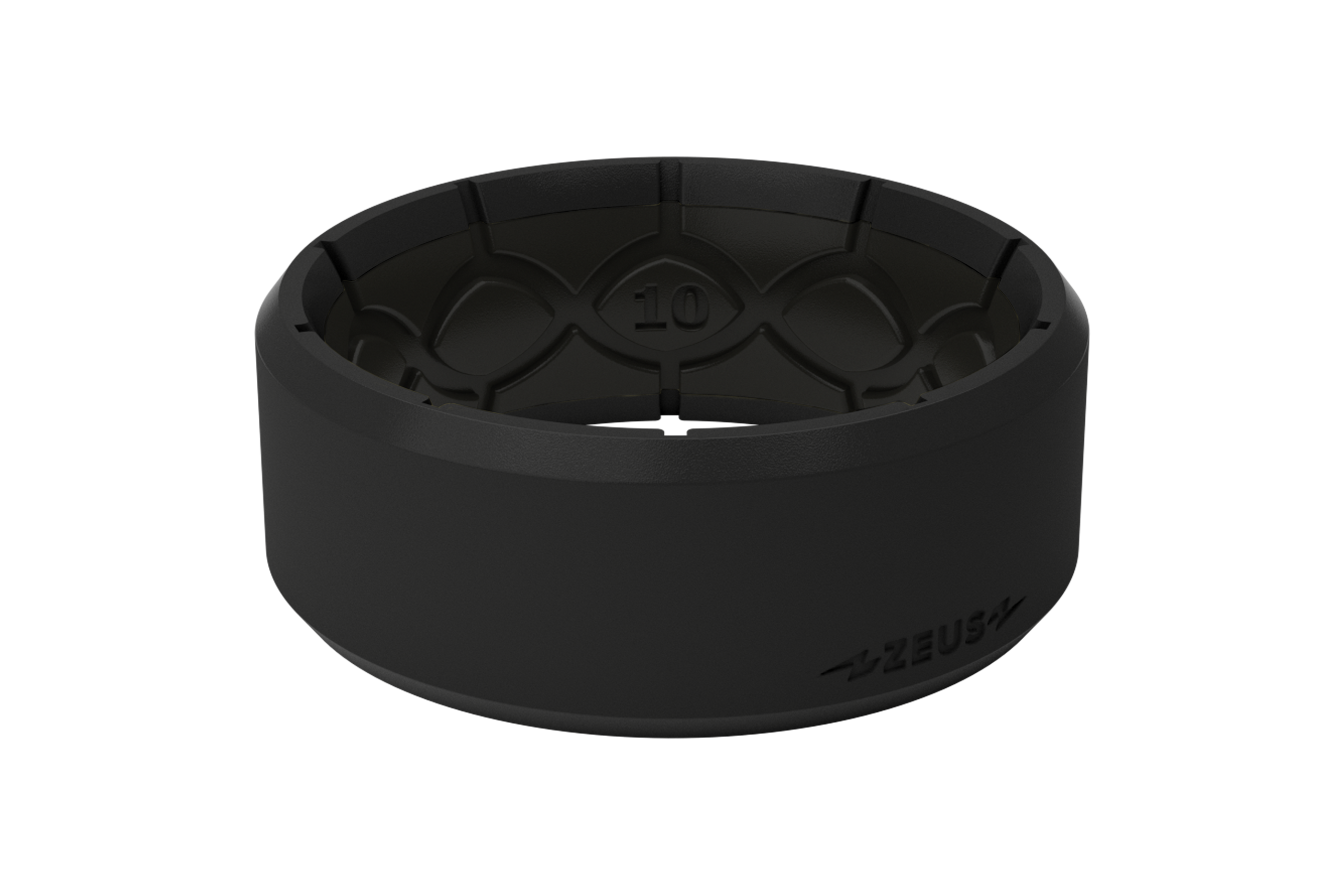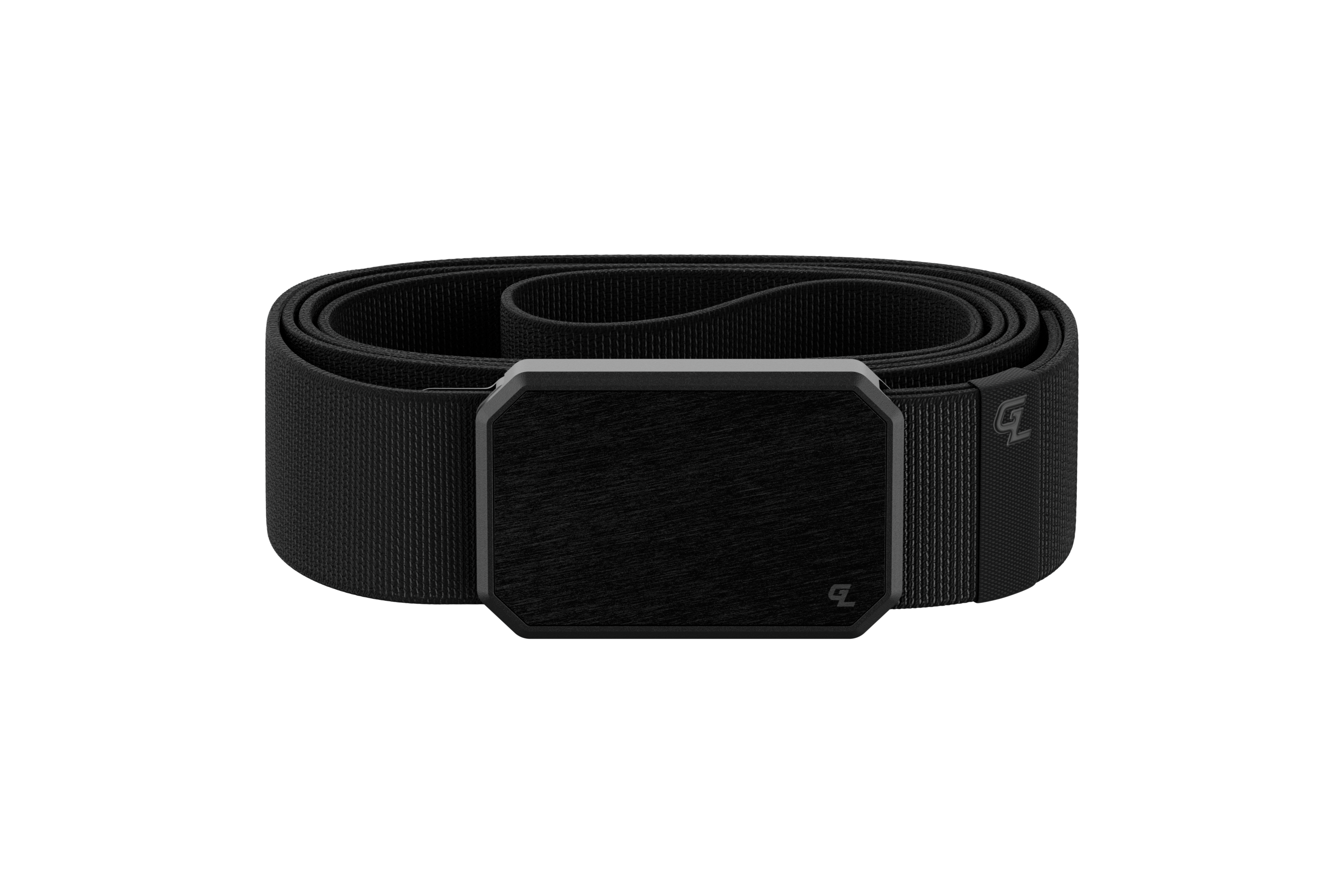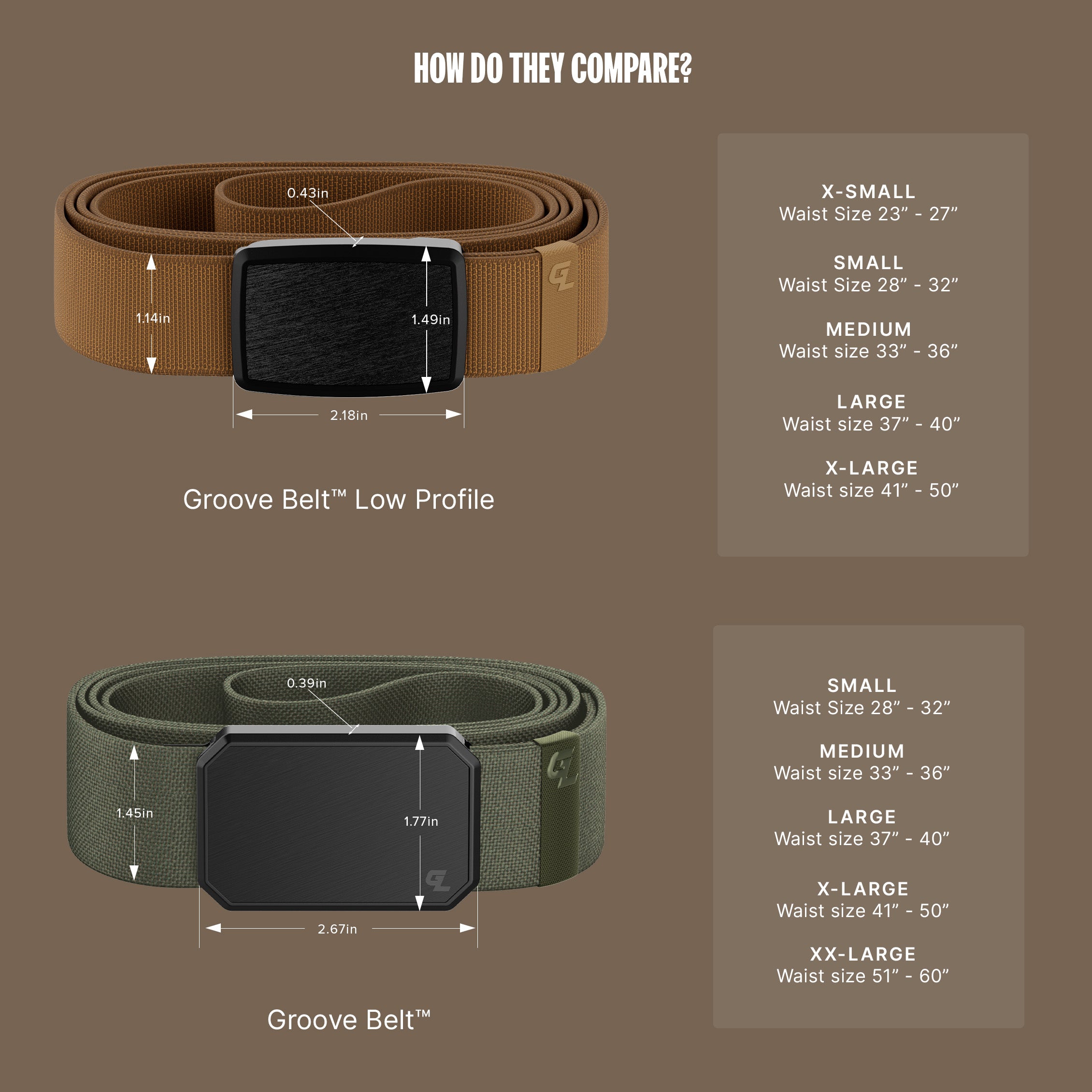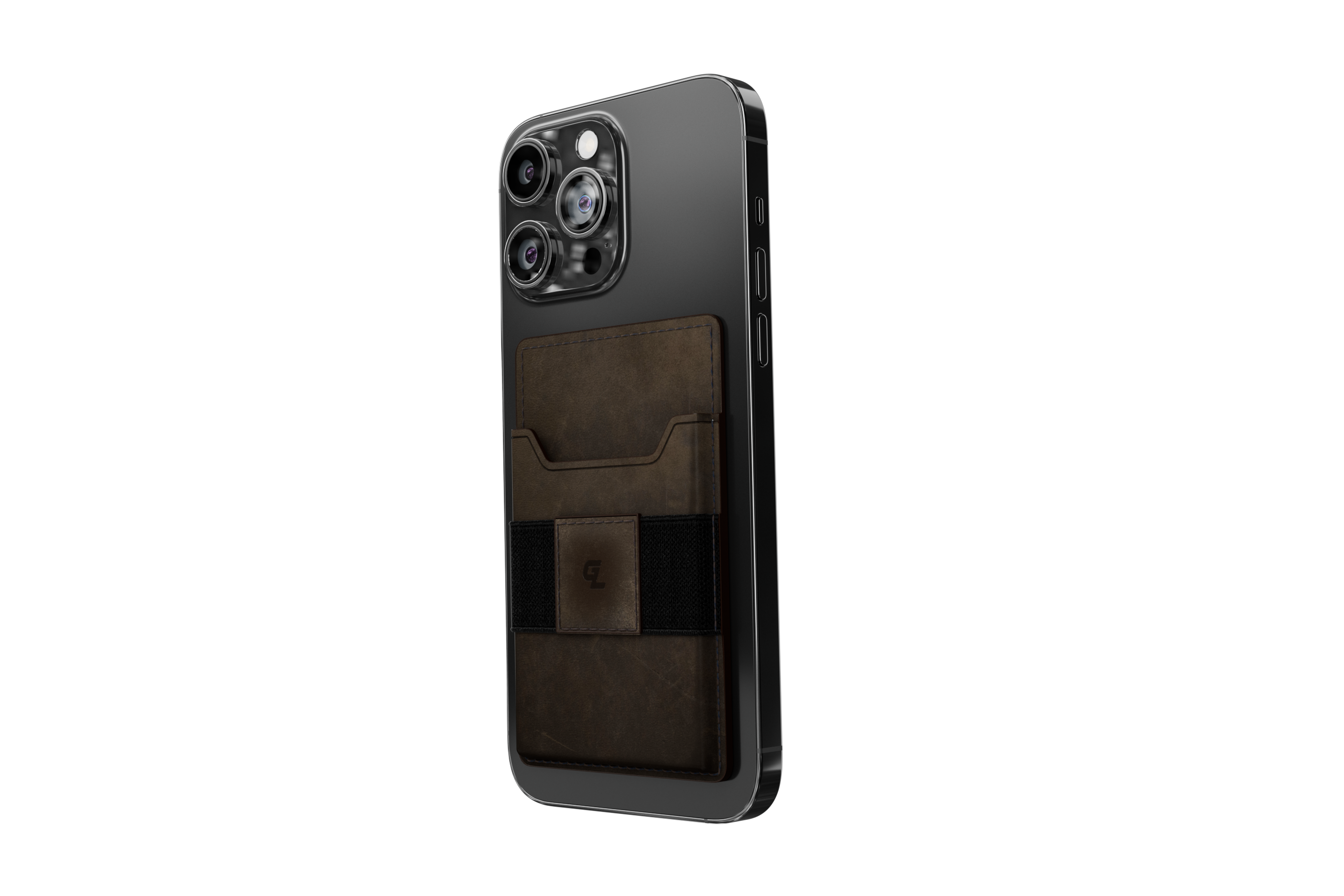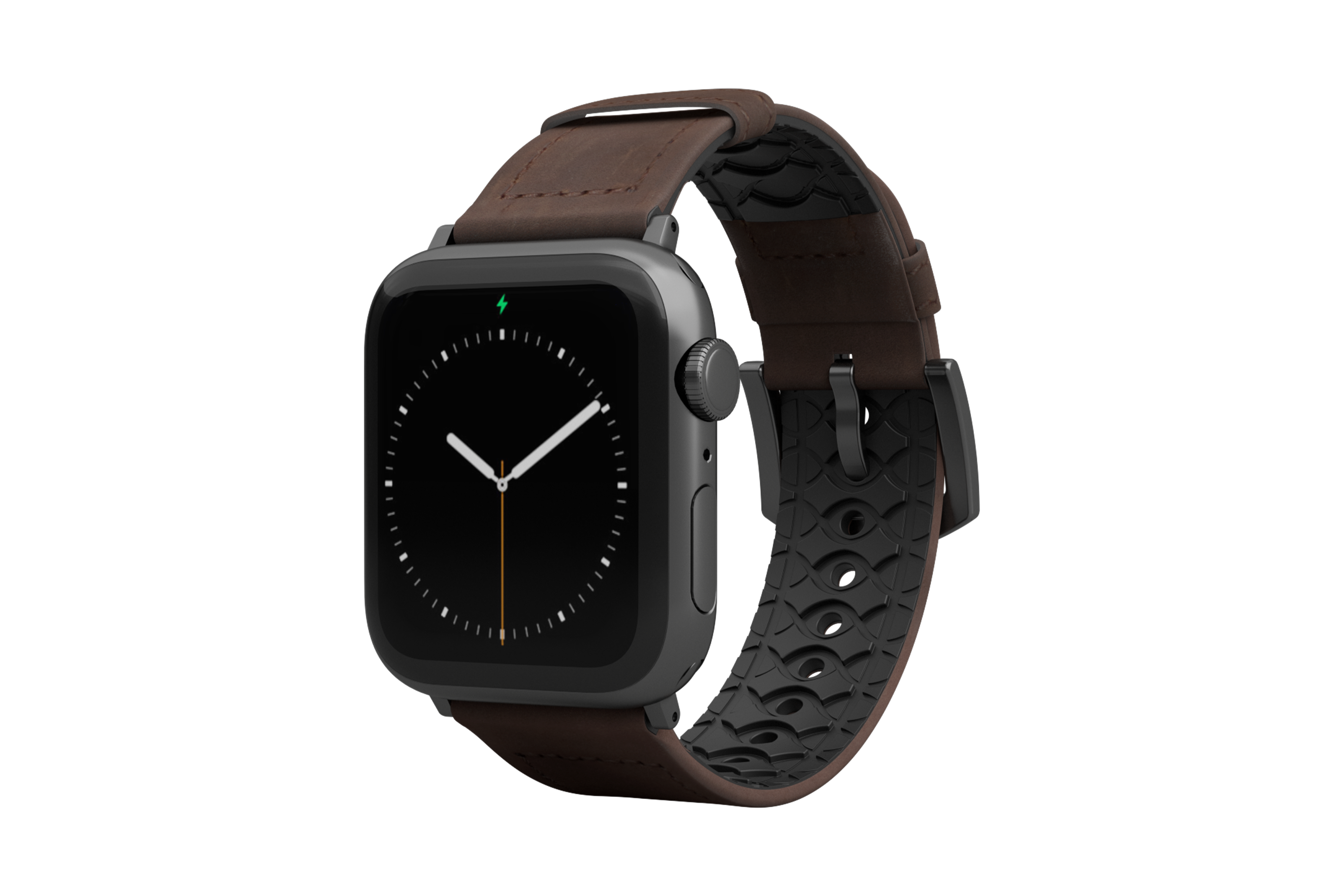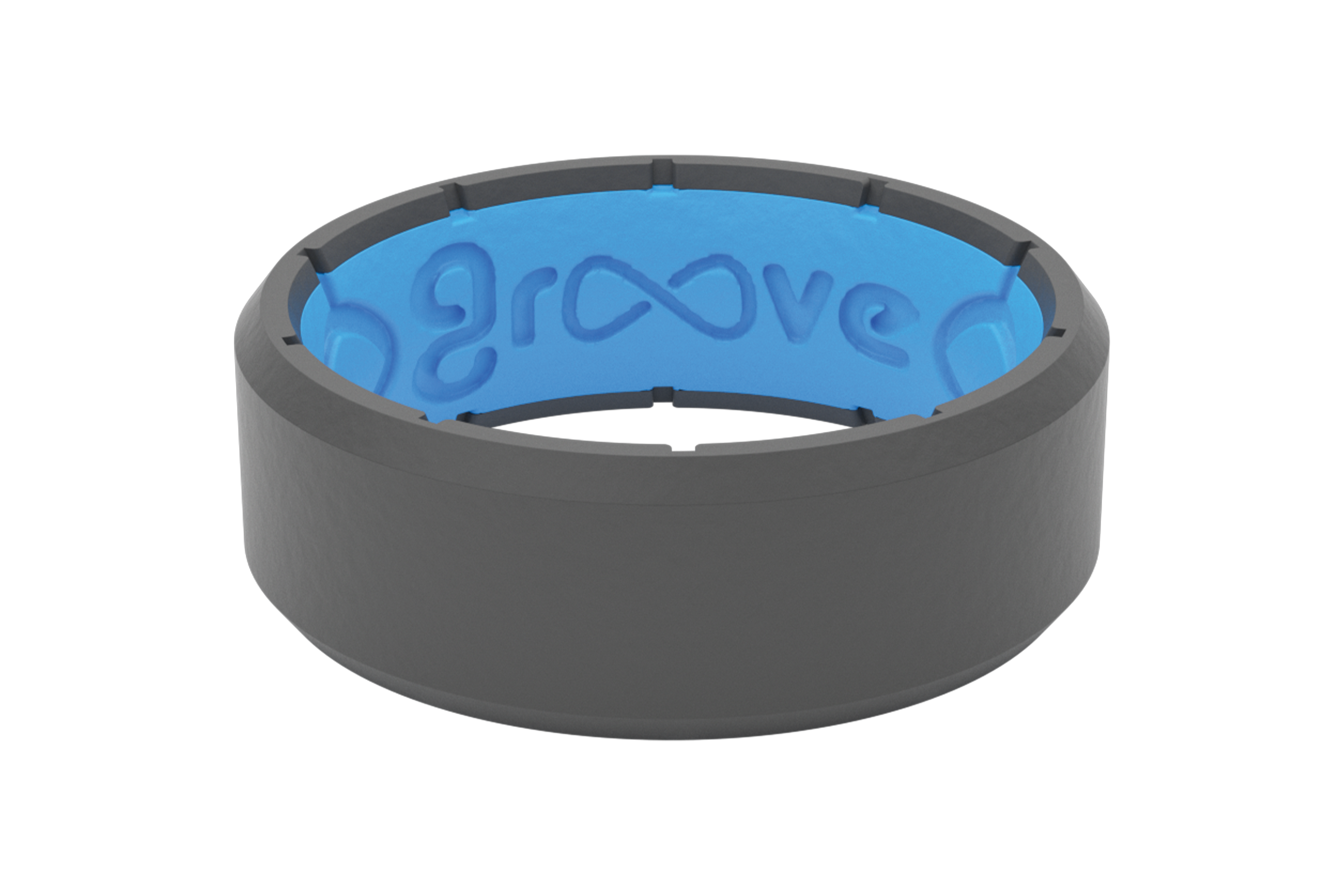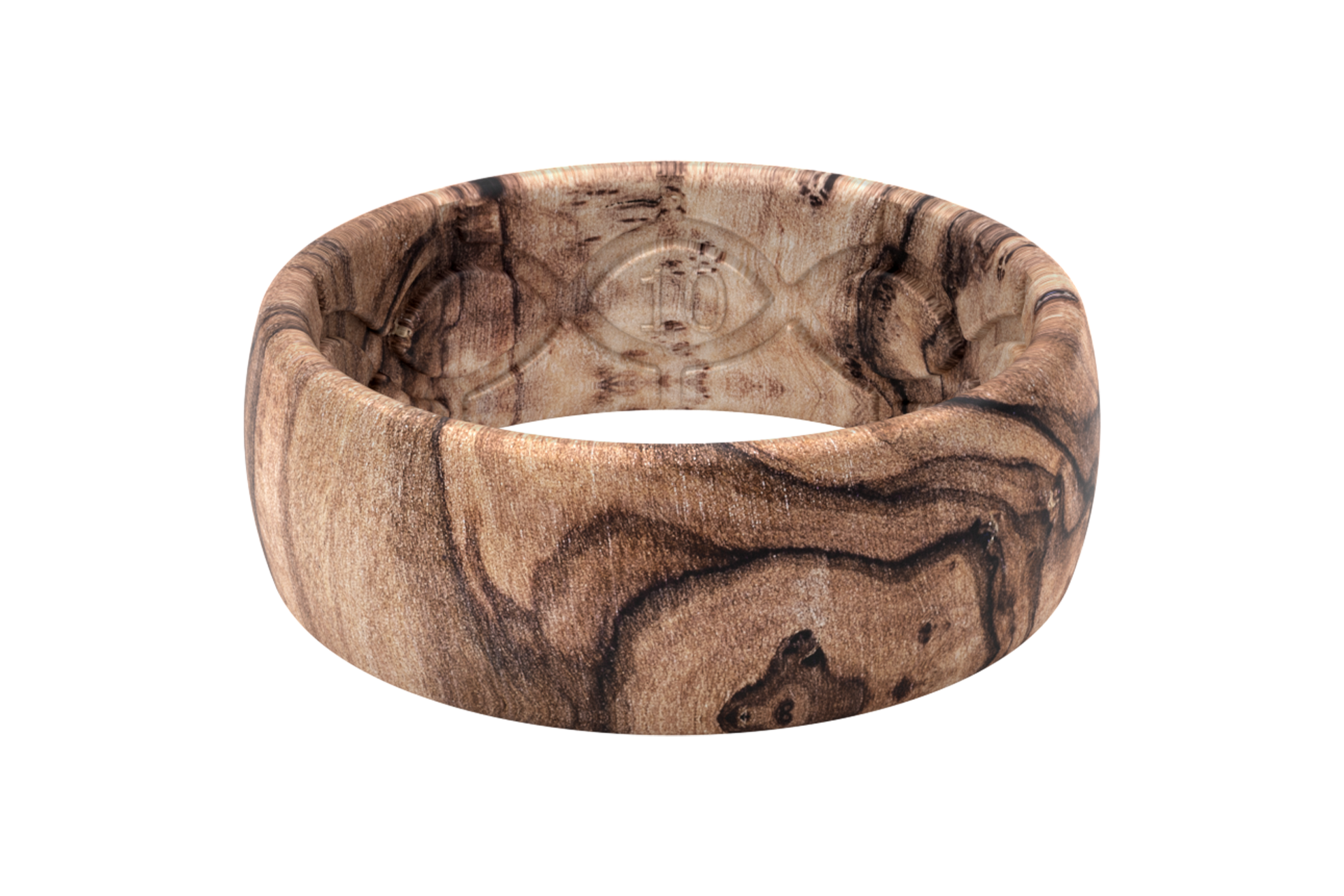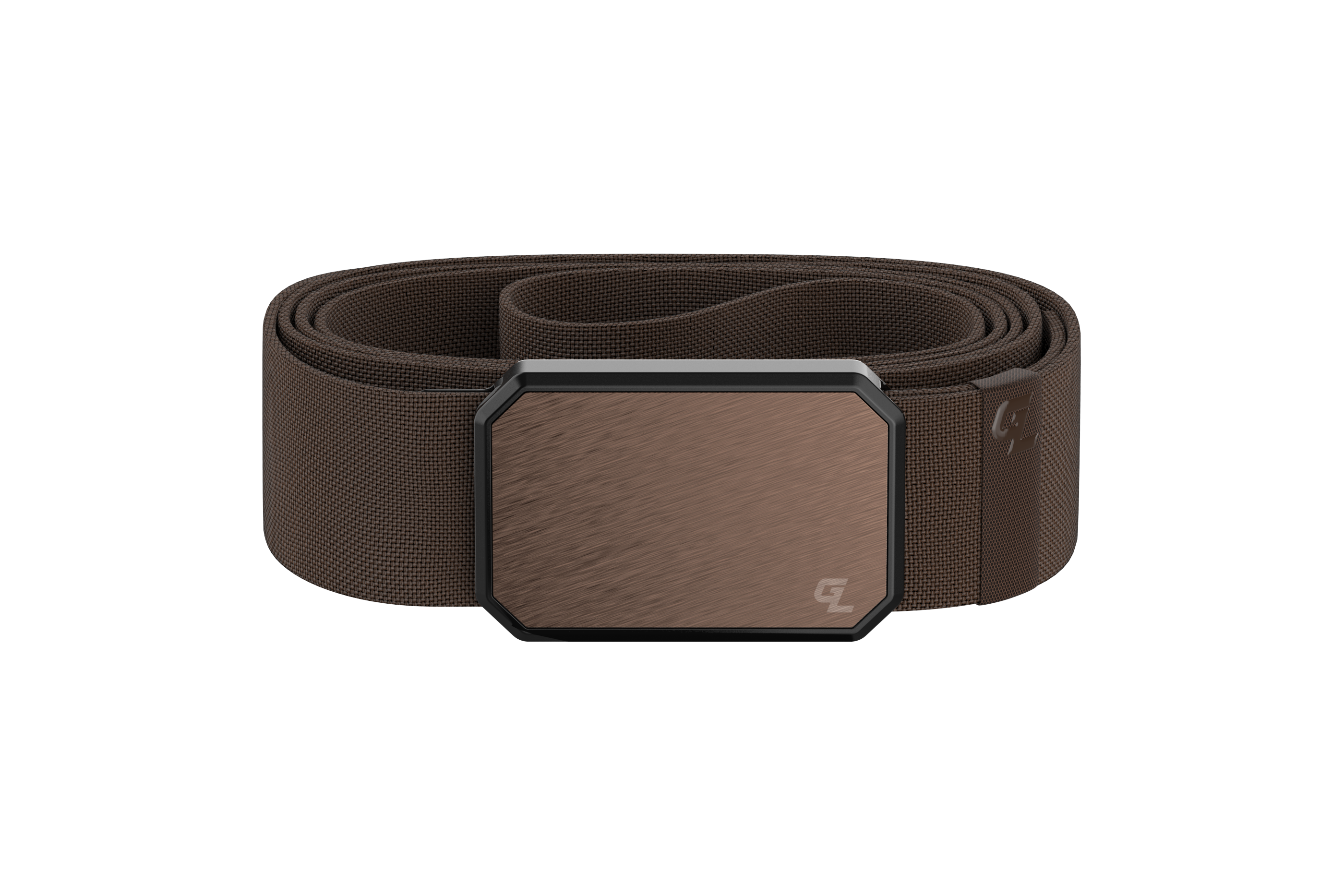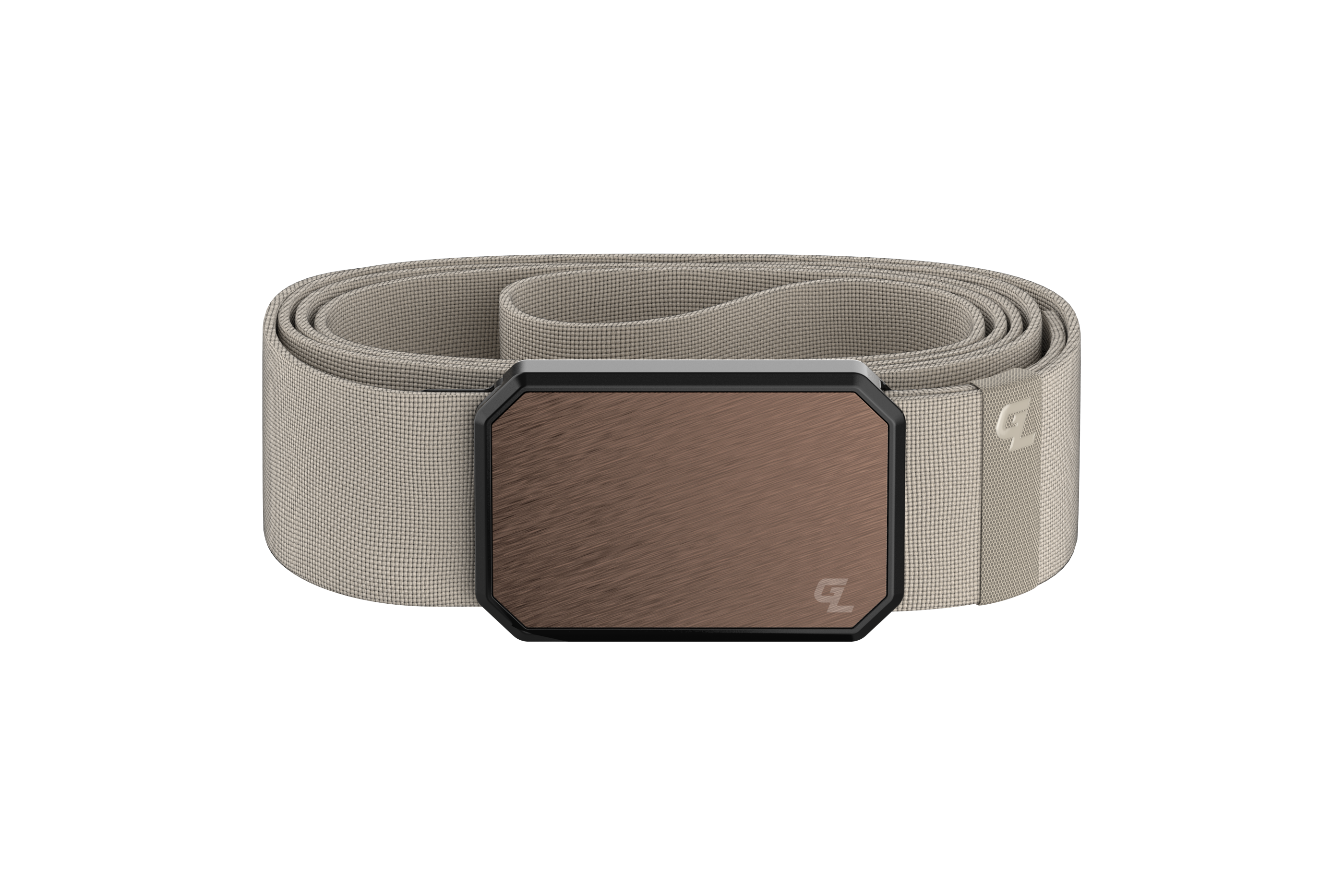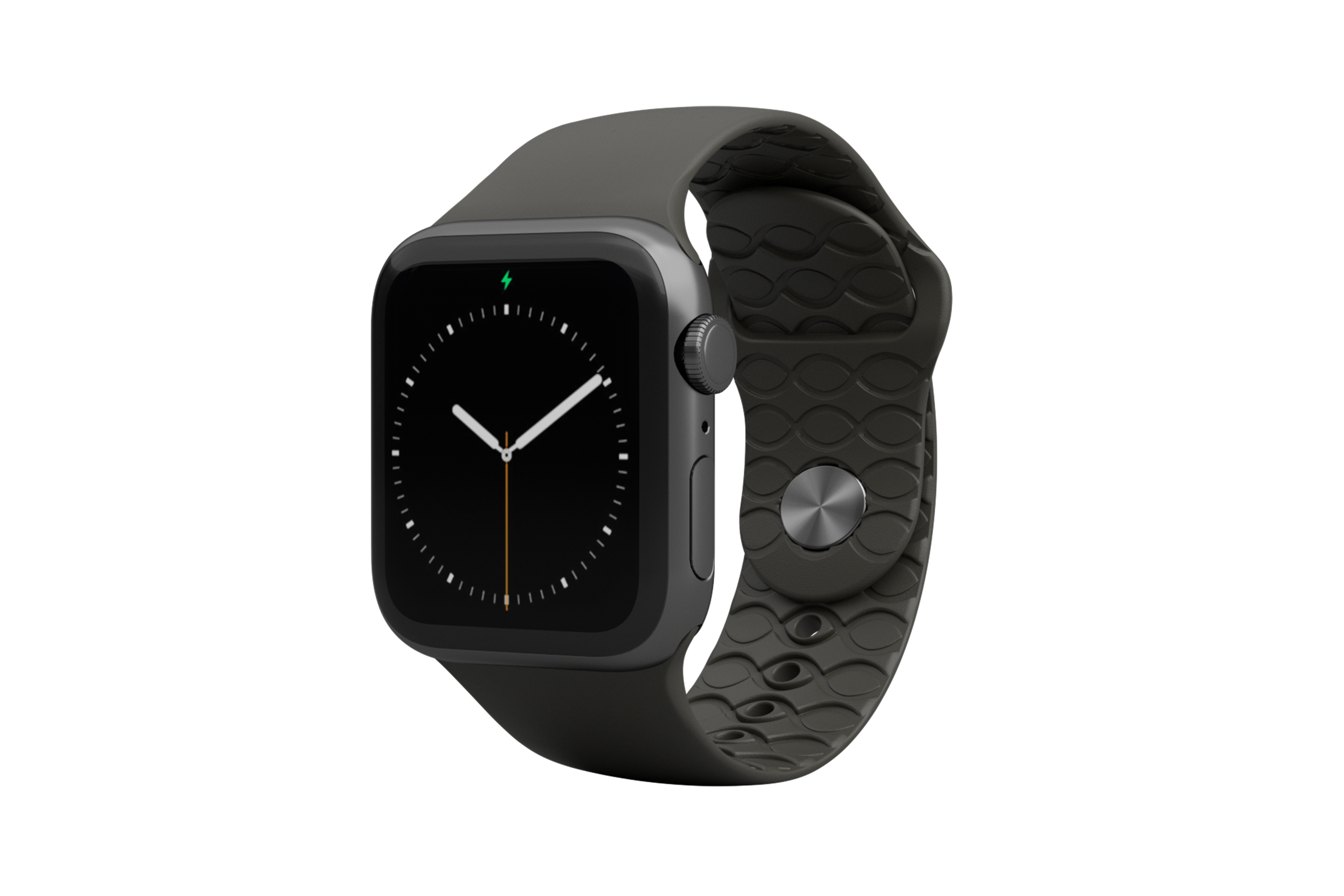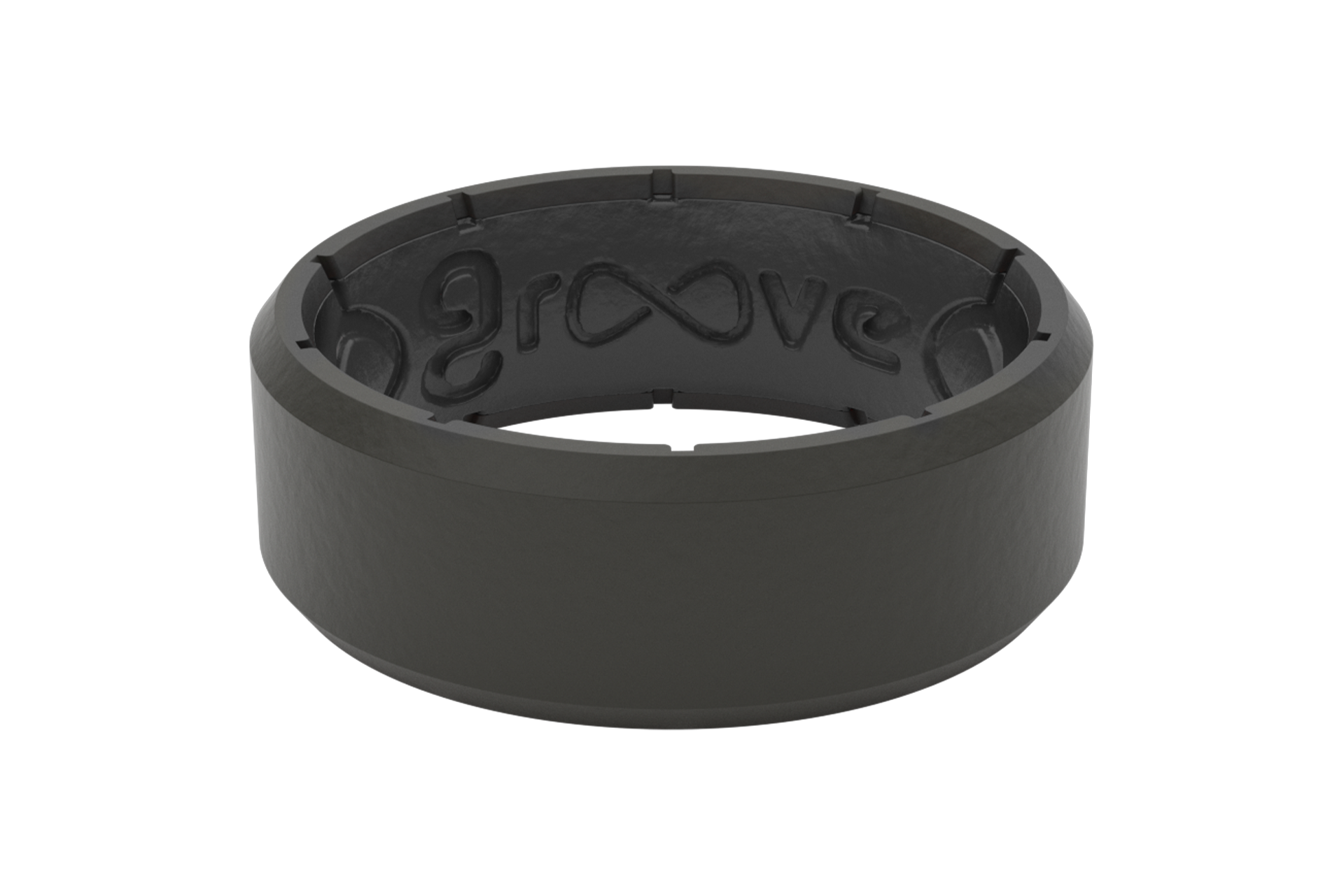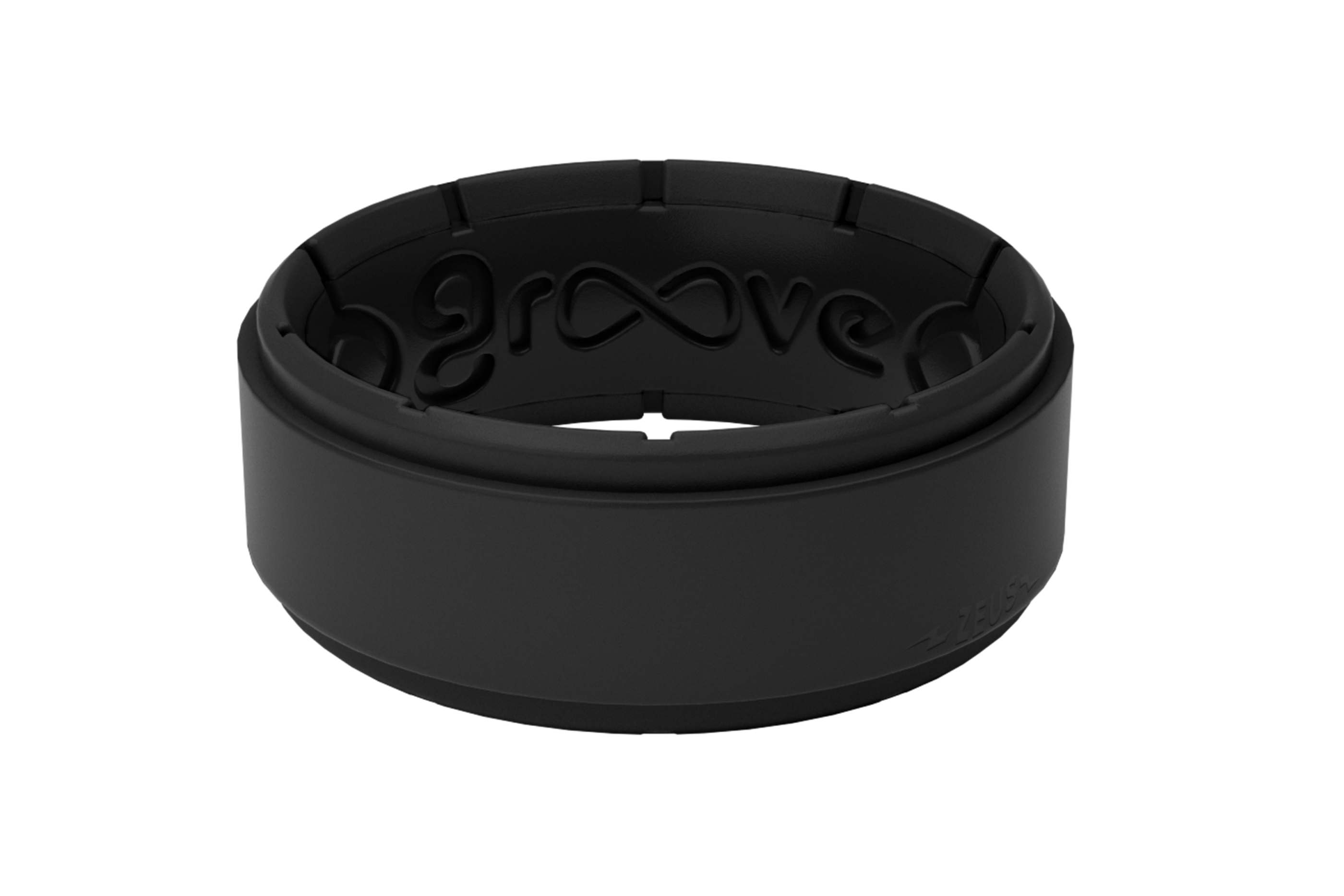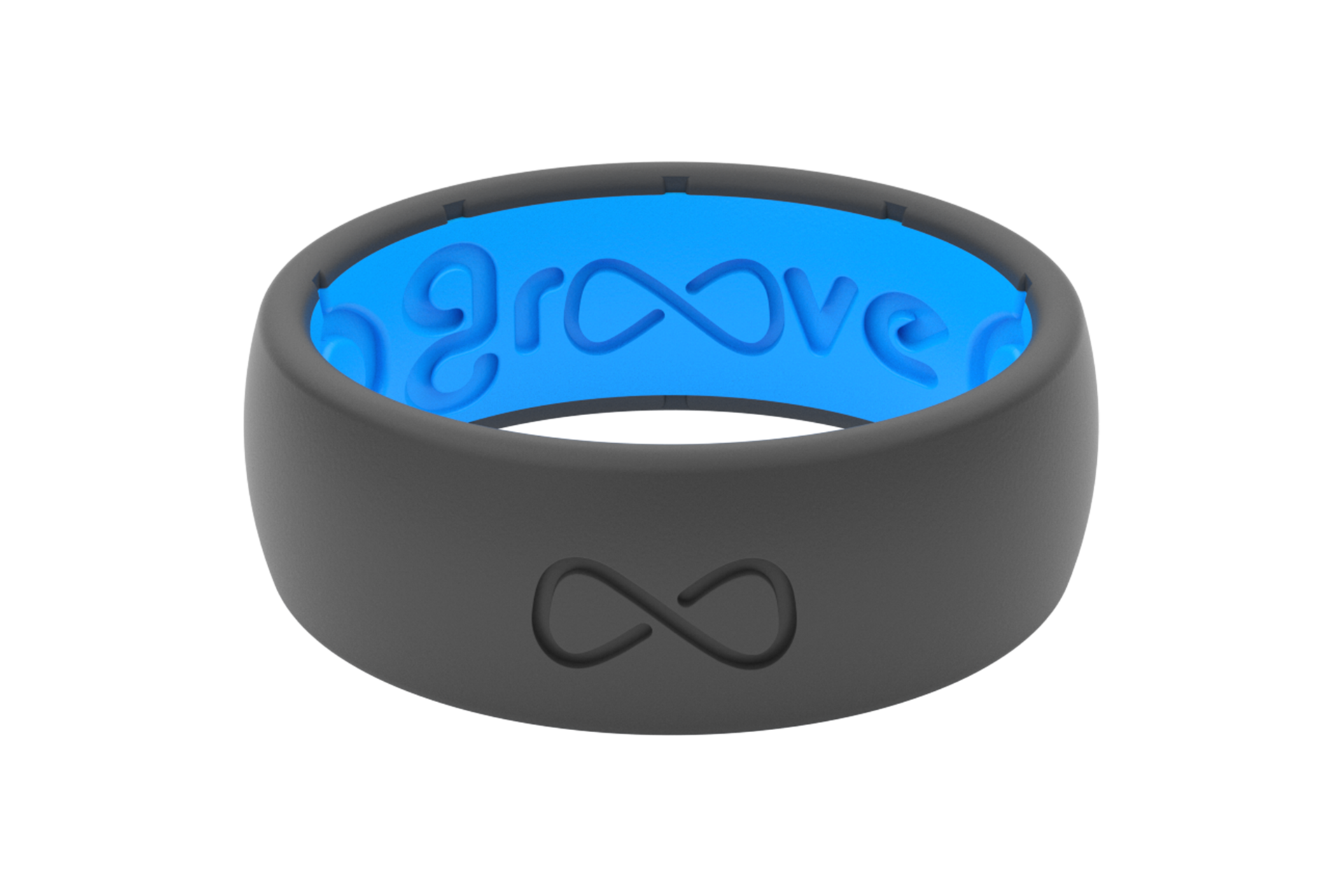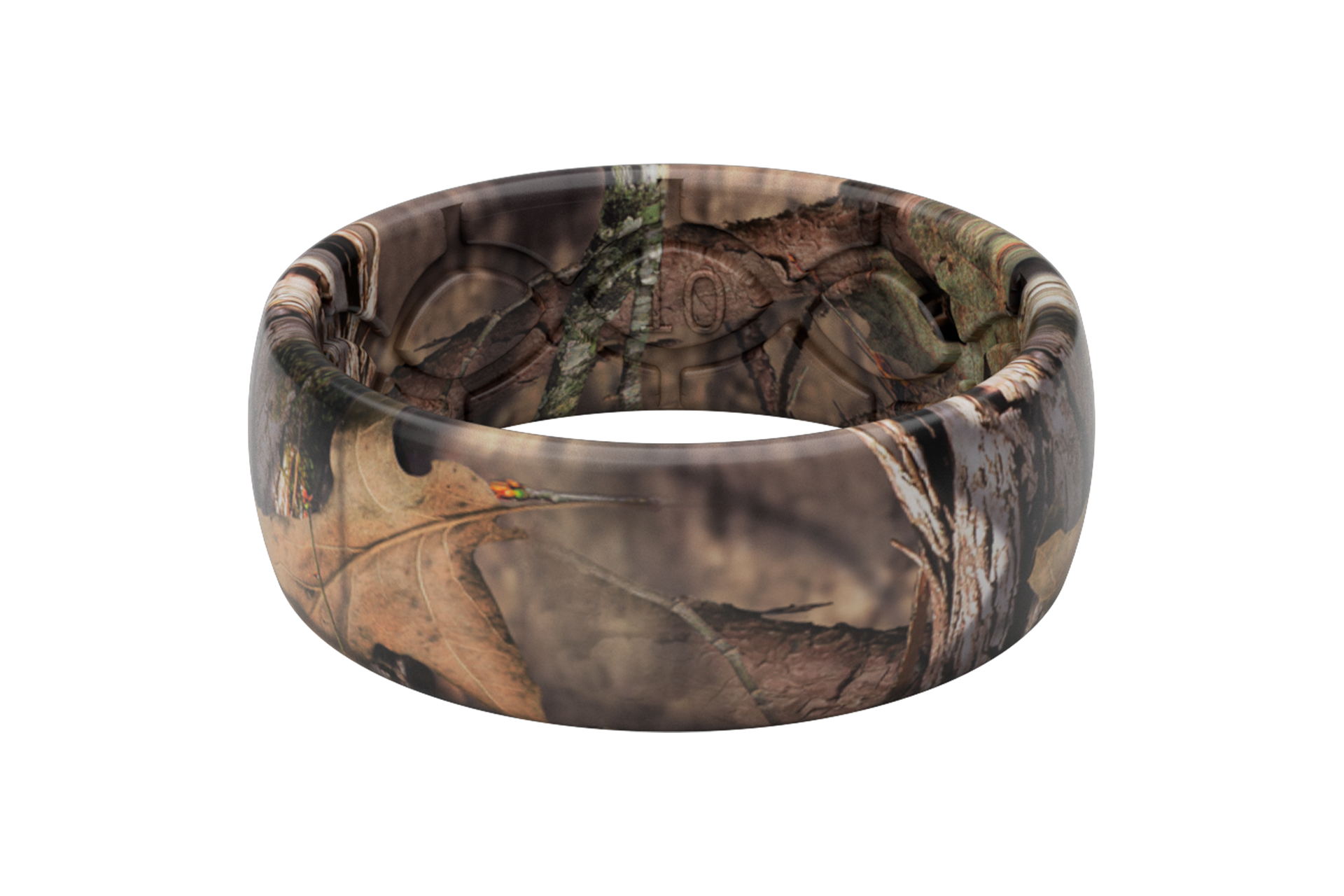How to Tell if a Ring is Too Small
If you’ve ever had a ring that fit snugly, you’ll know how finicky fingers can be. Since ring size can fluctuate (and each of our fingers is differently shaped and sized), determining whether a ring fits is sometimes a challenge. The line between a snug, secure ring and a too-tight one is fine, but when you take the proper factors into consideration, finding your glass-slipper fit is a breeze.
Read on for the breakdown on how to tell if a ring is too small, what to do if it is, and how to find your most comfortable size.
Signs That a Ring is Too Small
Your ring size might be tricky to put your finger on. While you’ve likely known your shoe size since you stopped growing, ring sizing can be more elusive (not to mention, each of your ten fingers is probably slightly differently sized). So, if your new ring feels a bit snug, you might be left wondering: is my ring too tight? Or is this how it’s supposed to fit?
Luckily, there are key factors that differentiate a secure fit from an uncomfortable one. Telltale signs that your ring is, in fact, too small include:
-
The ring won’t come off
-
The ring won’t turn or swivel
-
The ring will come off, but it leaves a mark
-
Your fingers feel tingly or cold
-
Your ring pinches or balloons the skin (the same way a too-tight pair of jeans would)
-
Your finger hurts
-
Your circulation is cut off (or your finger falls asleep)
If you notice one or more of these signs, it’s likely time to swap your ring for a better fit.
Common Reasons for a Ring Feeling Too Small
You might feel frustrated if your favorite ring suddenly feels tight. After all, you may not have noticed any changes in the rest of your body—so how could your finger’s size have changed overnight?
Fingers are tiny compared to most other body parts outfitted by size (think of how small a ring is compared to a shoe or shirt). This means rings are sized on a micro scale—ring sizes differ by just .4 millimeters each—and the tiniest shift in your finger’s size could make a ring feel snug.
For instance, your fit could be affected by:
-
Temperature – In hot weather, our blood vessels expand in order to cool the body by sending more blood to the skin. As your blood vessels expand, fluid can accumulate in the hands, meaning your ring size might be bigger all summer.
-
Time of day – Fingers and hands are often at their largest in the morning or late at night. When we lie still for an extended period of time (as when sleeping), fluid accumulates in the tissues of the hands, causing bloating.
-
Activity – During exercise your body heats up, causing a similar bloating phenomenon to hot weather.
-
Diet – After consuming a lot of salt, your body is prone to fluid retention and swelling.
These are just a few of the factors that might affect your ring size, so it’s wise to take fluctuations into account when sizing for a new ring.
How to Accurately Measure Your Ring Size
With the minute difference between ring sizes and the potential for size fluctuations in mind, it’s no wonder that accurately measuring your ring size is a very precise science. Don’t fret, however—with the right tools and considerations, finding a size that works for you will be a breeze.
Using a Ring Sizer Tool
If you’re hoping to measure your ring size yourself at home, a ring sizer tool will likely be your most effective option. You might have seen one of these tools in a jewelry store—it looks like a ring of keys, lined with smaller rings in various sizes. Alternatively, “measuring tape” ring sizers are available—these adjustable rings of tape are numbered with ring sizes along their circumference.
Ring sizers typically cost just a few dollars, and are available online or at a store like Walmart or Target. In a pinch, you can find a printable ring size chart online and see which size aligns with a ring that already fits you (even if that means making one out of string). Be sure to print to scale!
Measuring Your Finger at Different Times of the Day
In order to account for the aforementioned fluctuations in size, confirm your measurement at different times of the day and size up or down as needed. You might also find it helpful to measure after exercising or on days where the weather is different.
Consulting with a Professional Jeweler
If you prefer the help of an expert, any professional jeweler will likely help you find your ring size for free. Not only will a jeweler have the proper tools on hand, they’ll also be able to advise you on whether you should size up or down.
Solutions for Rings That Are Too Small
If one of your favorite rings has been feeling a little snug, you might be wondering—is wearing a tight ring dangerous? The answer is yes, and it’s more serious than you might think. A ring that’s squeezing your finger might cut off blood supply, meaning you could eventually risk losing the finger or its function.
Luckily, there are options that will likely ensure you’re still able to wear that beloved piece of jewelry safely.
Professional Resizing Options
If a ring you’ve long loved has started to feel a bit too small (or too big), consider bringing it to a local jeweler to have it professionally resized. By adding extra material to the band (or taking a piece away), a professional can make an old ring fit as good as new.
Temporary Adjustments with Ring Sizers
While typically used in the case of rings that are too loose, ring size adjusters are a fast and affordable way to improve a ring’s fit at home. Typically made from silicone and/or adhesive-backed strips, these inserts are typically worn inside a ring to keep it from slipping by holding it close to the finger on all sides.
Alternatives to Resizing
Several DIY alternatives can help you achieve a better fit (at least temporarily) without professional ring resizing. These include:
-
“Knotting the band” – Try tying a piece of thread or fishing line around the ring’s band, so the tension will make it slightly tighter.
-
Squeezing the ring – You might be able to slightly adjust its shape or size by hand, using either your hands or pliers and typically gripping from the stone’s prongs.
-
Heat shrink tubing – Wrap the ring in the heat shrink tubing you might use to insulate wiring, and then expose it to heat to shrink it.
-
Adjustable shanks – Have a jeweler install one of these hinge-like mechanisms, so the ring opens and closes.
If you find yourself without access to a jeweler for resizing (or prefer to avoid permanent resizing), these at-home methods are worth a shot.
Preventing Rings from Becoming Too Small
Changes in ring size are natural, and are nothing to worry about, but it’s best to stay on top of them in order to ensure your comfort (and your ring’s condition). Certain preventative steps can keep a ring from becoming uncomfortably tight or stuck in the future.
Proper Care and Maintenance
A bit of upkeep can make all the difference in preserving your favorite ring. Make a routine of cleaning your ring once every few weeks and polishing it every three to five years, whether you do it at home or through a jeweler’s service. Steer clear of harsh chemicals (anything from Windex to sunscreen) while wearing a valuable ring.
Regularly Checking Fit
Be sure to stay conscious of your ring’s fit, and check regularly to see whether your ring size has changed. Your fingers will likely change as much as half a size within a day (and you might reach three or four different sizes each day).
However, it’s still crucial to look for consistent patterns. If you’re noticing a wider difference in your size fluctuations or your ring starts to feel different, it might be time to get it resized.
Knowing When to Remove Your Ring
Certain activities might call for removing your everyday rings because of their nature, such as using the aforementioned cleaning products or getting dirty while gardening. However, pay attention to when your ring size might change, and try to make a habit of removing your rings at these times in order to avoid discomfort. This might mean removing your ring for a workout, on hot days, or even while you sleep.
Some activities—like mechanical work or athletics—may necessitate your ring’s removal, or you’ll risk “ring avulsion” otherwise. This serious injury occurs when a strong force yanks on your ring.
Frequently Asked Questions
Still have questions about your ring in particular? We’ve got you covered.
Can All Rings be Resized?
No. While most rings can be resized, some are more difficult to adjust, or shouldn’t be tampered with at all. This might include a ring with intricate detailing like gemstones on the band, a ring made from a tough material like titanium, or even a particularly thick band.
What are the Risks of Wearing a Ring That is Too Small?
The dangers of a too-tight ring include:
-
Loss of circulation (which can lead to loss of a finger or its function)
-
Damage to the ring (if it needs to be stretched or cut by a jeweler)
-
Skin irritation
-
Infection
-
Nerve damage
-
A mark or scar
In order to avoid these unpleasant consequences, measure your ring size regularly and size up to account for everyday fluctuations.
Put a Ring on It With Groove Life
Ring sizing can be tricky, especially since our fingers fluctuate between ring sizes every day. However, as long as you’re cautious, measure your size regularly, and resize as necessary, a glass-slipper fit is more than possible.
If you’re looking for a lightweight, flexible ring that's designed to fit just right, consider a silicone ring. Meant to hug your finger without squeezing, Groove Life’s collection of medical-grade silicone rings are equal parts comfort and flair.
Whether you prefer classic silicone, a metallic glow, or a statement design, there’s a ring and a size for you. Our rings are engineered for comfortable airflow and safe breakaway. And they’re even guaranteed to last a lifetime thanks to our 94-year warranty.
At Groove Life, we believe rings should go on forever (it’s in the shape)! Find your forever ring here.
Sources:
RealSimple. How to Measure Your Ring Size at Home. https://www.realsimple.com/beauty-fashion/shoes-accessories/jewelry/how-to-measure-ring-size#toc-measuring-ring-size-with-a-ring-size-chart
Medical News Today. Causes of swollen hands in the morning, at night, and more. https://www.medicalnewstoday.com/articles/325207#in-the-morning
Health.com. How To Get a Ring Off a Swollen Finger—And When It's an Emergency. https://www.health.com/condition/pain/how-to-get-a-ring-off-a-swollen-finger
Vogue. Engagement Ring Care: 10 Tips from the Experts. https://www.vogue.com/article/engagement-ring-rules-care-how-to
Cleveland Clinic. Ring Avulsion (Injury). https://my.clevelandclinic.org/health/diseases/22368-ring-avulsion


